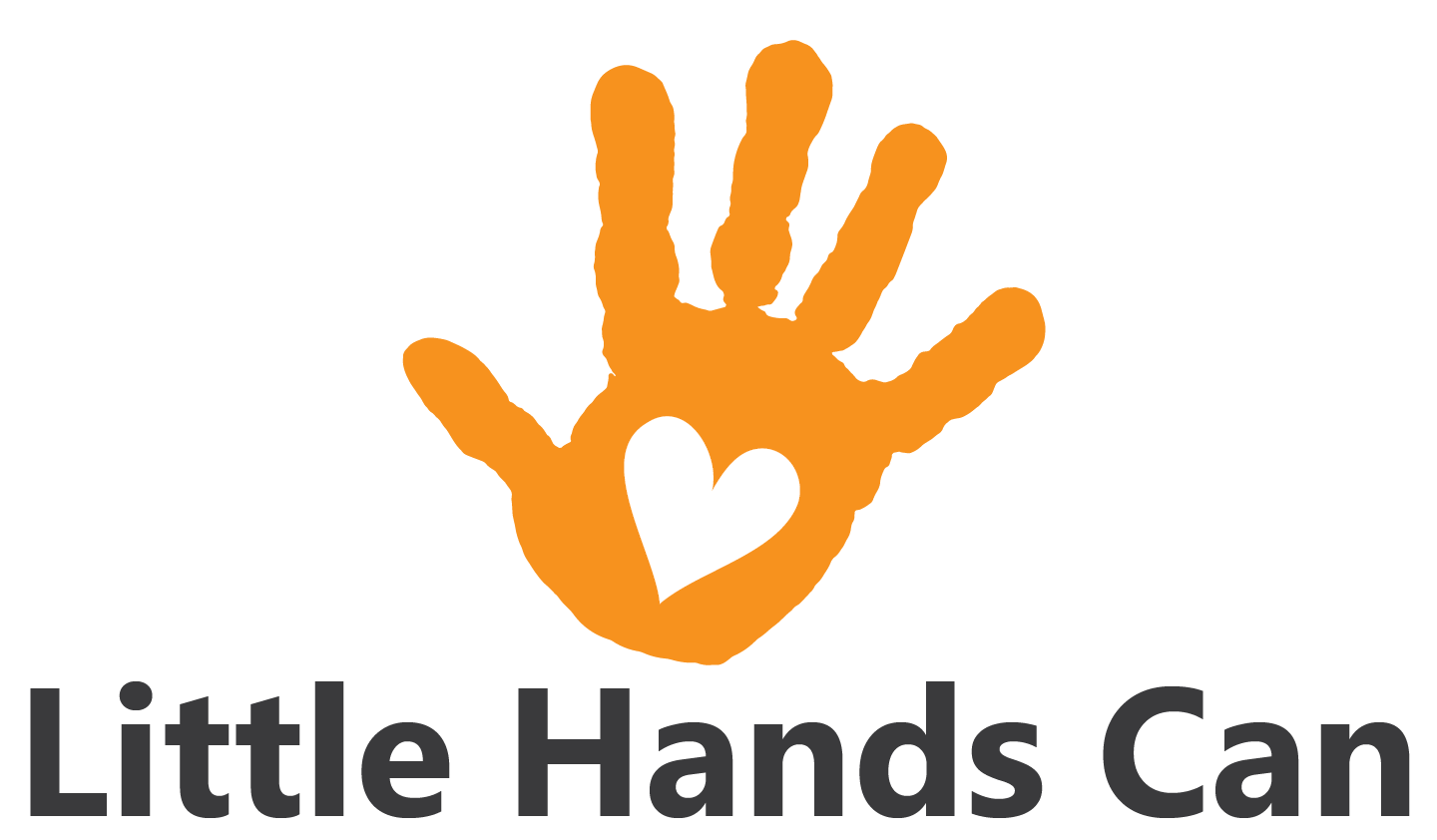Kindness Kit #7: Inclusion and Special Needs
Please use the following resources as a guide to facilitate meaningful discussions with your families.
How to Talk to Your Kids About Inclusion and Special Needs
Let your children notice. Kids are naturally curious and like to ask questions. They will notice differences around them and will either ask you about them or have a reaction that makes it clear they are wondering about that person. This is okay! The best way you can support them is to provide your child with a short, age-appropriate and simple description to answer. Emphasize the positives in your explanations (what they can do or how they get help, rather than focusing on what they can’t do). There is nothing “wrong” with a person with a disability. An article in Family Education by Lindsay Hutton gives a great example of how you can do this (2):
“…if you see a child with muscular dystrophy in a wheelchair, you can say to your child, ‘I see you looking at that little girl in the wheelchair, and you might be wondering why she needs it. Some people's muscles work a little differently, and her wheelchair helps her move around, just like your legs help you.’
…explain that hearing aids help others hear and wheelchairs help others move around, instead of using a negative connotation (he can't hear, she can't walk, etc.).”
Use person-first positive language when discussing people with differences/disabilities.
For example, you would describe someone as a person who has a hearing-impairment rather than a deaf person. The disability does not define a person. He or she is simply a person, the same as everyone else. But if you are discussing a disability, always focus first on the person, then on the disability that is part of him or her.
Explain that there are many kinds of disabilities. If a person is in a wheelchair or has trouble speaking, this does not mean that his or her cognitive ability is impaired.
Explain and embrace that we are all different, regardless of whether or not we have a disability.
Celebrate differences and point out that our differences make us unique and the world exciting and interesting.
Work on embracing those differences in a variety of ways.
Provide your child with opportunities to engage with children who are different from him or her. This might be by seeking and setting up playdates with kids with different needs or diverse backgrounds, ethnicities and cultures.
Model this for your child by engaging with adults of various backgrounds and abilities.
Emphasize similarities. Talk about the ways your child and others are the same. Focus on similar interests, strengths, pets, and abilities. Show your child that the disability does not define who the child is by focusing on these similarities.
Practice inclusion by teaching your child that just because a child has a disability does not mean they can’t participate in an activity.
Teach your child to look for strengths rather than what someone is not able to do.
Help your child practice including others in activities, even when they aren’t sure they’ll be able to. Teach them to advocate for others. For example, kids can ask what kinds of accommodations might be needed in order to make the activity more accessible for another child.
Teach your child that it’s important for all kids to be included and why. Ask how your child would feel if they were left out for any reason.
Teach your child to not dwell on a child’s difference or disability, but instead focus on the child’s strengths. If they aren’t sure what their strengths are, this is a great opportunity to teach your child to ask about their interests. For example, even though a child might have a hearing impairment or use a wheelchair, that same child might excel at math, basketball, or art. Allow your child then to talk about his or her own strengths and also what he or she struggles with. Empathy and compassion can grow out of greater understanding of both yourself and others.
Practice patience. Often a children with a disability want to participate but they either aren’t sure how or it takes them a little longer.
Teach your child to give the child with a disability extra time.
Show compassion by being willing to take the time to teach someone how to play.
Talk about empathy and “putting yourself in someone else’s shoes.” We had some great books that teach empathy and object lessons to demonstrate perspective-taking in Kindness Kit #2. Review those lessons from the lens of a child with special needs. Everyone needs friends!
Learn how to interact with others with disabilities.
Respect their devices or tools that help them. Service dogs, canes, wheelchairs, hearing aids, and communication devices are all tools to help a person with a disability and are not toys.
Talk to everyone the same way. If a child is very similar to you or completely different, ranging from very high functioning to nonverbal, engage with them by speaking to them and treating them just the way you would anyone else. We don’t need to be afraid to talk. We don’t need to speak slower or louder (unless a child has told you he or she specifically needs this). Just be yourself!
Conversations don’t need to be long or intimidating. A simple, “hello” followed by a few questions about their day or weekend can help to establish a nice connection.
Pay attention to boundaries and learn appropriate times and ways to engage peers. Ask before helping. Some kids might be more comfortable being asked to play at recess than being asked to carry on a long conversation at lunch. Learn by being sensitive, observant, and understanding.
References:
Bell, Betty. “How to Teach Children to Include Classmates with Disabilities.” Enabling Devices. Enabling Devices, 22 October 2019, https://enablingdevices.com/blog/how-to-include-classmates-disabilities/.
Hutton, Jennifer. “6 Tips to Talk to Your Kids About Disabilities.” Family Education. Sandbox & Company, (n.d.), https://www.familyeducation.com/life/empathy/6-tips-talk-your-kids-about-disabilities.

